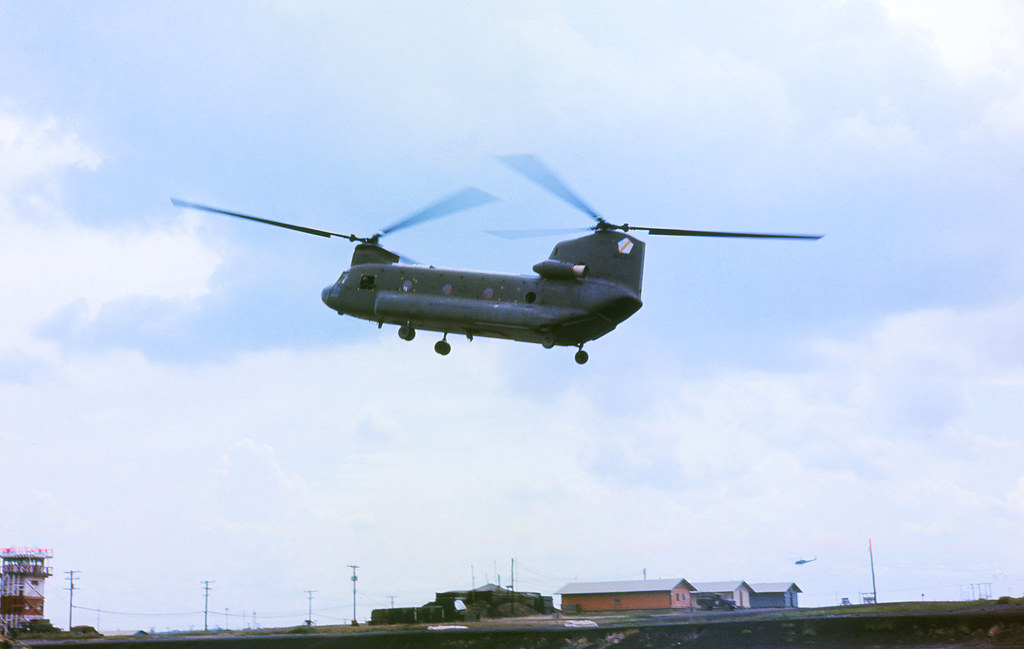
The U.S. Army is embarking on a transformative journey to reshape its Combat Aviation Brigades (CABs) in alignment with specific operational missions, a strategic departure from the homogenous structure that has defined its aviation force since the early 2000s. This bold move is set to revolutionize the Army’s aviation capabilities by 2029.

At the core of this restructure is a shift from a one-size-fits-all approach to a mission-tailored configuration of aircraft within each brigade.

According to Maj. Gen. Mac McCurry, commander of the Army’s Aviation Center of Excellence, “the current design is no longer relevant as individual brigades need a different mix of aircraft.”

Such bespoke arrangements will enable a more agile, responsive, and effective force capable of meeting the diverse demands of modern warfare.

The plan, unveiled at the Army Aviation Association of America summit, includes six heavy-lift CABs, three light CABs, one air assault CAB, and two “theater-enabling” CABs focused on rapid deployment capabilities. These adjustments reflect an astute recognition of the evolving battlefield landscape and the unique requirements of different combat units.

As an example of this tailored approach, Maj. Gen. Walter Rugen highlighted the 101st Airborne Division, which is set to receive a battalion of CH-47Fs for air assault missions.

He emphasized the need for the unit to become “graduate-level Chinookers,” acknowledging the challenge but asserting confidence in their capability.

By rearranging the fleet, the Army will increase its total number of CABs to 12. The service currently has 11 full-size brigades, with another smaller unit in Europe that will become a full-size brigade.

The bulk of this ambitious initiative is anticipated to take place in 2027, with “hundreds of aircraft transfers” slated for that year.

Additionally, the Army’s aviation future is poised for further advancement with the integration of the Future Long-Range Assault Aircraft (FLRAA). Despite a one-year delay due to a procurement protest by Lockheed Martin, the Army remains steadfast in its commitment to this program.

The chosen design by Textron Bell’s V-280 Valor is set to reach the first unit by fiscal year 2031, with the crucial limited user test scheduled for 2027-28.

As the Army prepares for this next-generation aircraft, Bell’s executive vice president of strategic pursuits, Jeff Schloesser, underscored the importance of the preliminary design work, stating it’s “critical” for entering the program’s Milestone B phase.

Bell is also advancing the initiative with the development of virtual prototypes and a weapon systems integration lab in Arlington, Texas.

This ambitious restructuring and modernization of Army aviation resources signal a forward-looking vision that aims to maintain the U.S. Army’s aerial dominance.

With advanced aircraft like the FLRAA on the horizon and a reconfigured brigade structure, the Army is setting the stage for a new era of tactical and strategic air power.
Relevant articles:
– U.S. Army Overhauling Aviation Force Structure, Aviation Week
– US Army to field long-range combat aircraft to first unit in FY31, Defense News

